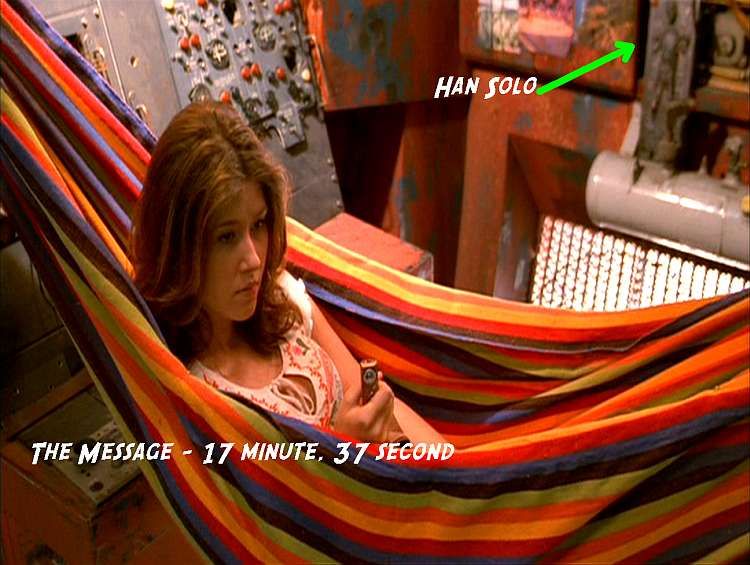"Raise the stakes!" was one of the most common utterances spoken by my high school theater teacher during rehearsals. In the context of a play, this directs the actor to increase his/her emotional investment in a scene, to explore why the moment is so important and/or dire, and to let that energy flow into his/her performance. When executed properly, raising the stakes results is a more powerful and memorable moment on stage, drawing the audience into the creative world of the play.
This lesson from my youth applies to game design and adventure planning as well. Raising the stakes of an adventure can add to the excitement of a given encounter, to the emotional investment of the players, and ultimately to the fun had by all. While I had subconsciously applied this technique to my GM-ing in the past, this concept finally hit home for me last week. I was designing an encounter in which my PCs, traveling over a mountain range by air ship, run into a storm. I had identified a number of specific challenges I wanted to throw at them (snapped rigging, holding the ship steady, injured crew and a lightning strike.) but was struggling to construct the arc of the scene.
My first impulse was to fall back on random chance. Roll dice to determine how long the storm would last, when and where lightning would strike. However, it soon became apparent that this structured approach would not produce the desired effect.
Another challenge I had was drawing the PCs into an active roll in the scene. They are mere passengers on a fully-crewed air vessel. What reason did they have for grabbing the controls, so to speak, when the ship's crew is better trained at vessel operation and airmanship? I knew I wanted to draw them in by having some of the crew get injured. My initial thought was to have some healthy crewmen crash into the cabin, carrying their injured companions... but this seemed lacking somehow.
On the day before my session, I finally realized the problem. Having the injured crew come in asking for help on deck, was committing the dramatic sin of telling vs. showing. In a play, one character telling another, "I'm mad at you" is far less compelling than a character showing their anger through action, whether it be a storming rage or tense, stony silence. In the case of my game, I decided that instead of the injured crewmen being brought inside after their peril had passed, I would instead have a single, panicked airman come in telling the players to help on deck. When they arrived out in the storm, they discovered three unconscious airmen, roped together, dangling precariously over the side of the ship. In the original encounter, the worst of the peril had already gone. The revised version made it immediate and allowed the PCs to, appropriately, play the hero.
The scene was still not over once the airmen were rescued from over the side. I still had to bring in the other challenges I had thought of. While I had originally conceptualized these as individual challenge "nuggets", after solving the showing vs. telling problem, I realized that it would be more powerful to line up the problems like dominoes and have one lead to another. In a play, this is sometimes called "building on the moment" -using the drama of the moment that has just passed to heighten the next. In the case of my game, I began with a lightning strike. This caused the air ship to lurch suddenly, throwing several of the characters to the deck. It also set a fire on the deck and broke some of the cargo loose in the hold. Piling up these problems one after another presented the same challenges, which could still be overcome, in a more dramatic and dire light.
Then, just as this first wave of challenges was being completed, I threw in a navigation problem. The PCs had to simultaneously try to spot for the mountains through the storm, while one of them helped steer the damaged vessel away from the peaks. In this case, the dice helped add to the drama, as the player who was steering failed his checks to veer the air ship away from an onrushing mountain peak. When he failed at his third and final chance before impact, I had one of the nearby NPCs throw himself on the controls, lending just enough of a push so the vessel glanced off the rocks without totally destroying it. This proved the perfect climax for the encounter, and so rather than continue with additional mountain dodging, I let the stakes settle back down and wrapped up the night.
The result of my efforts to raise the stakes played out wonderfully. During the session, my players were on the edge of their seats, calling out encouragement or last words, "I regret nothing!" The dramatic success of this encounter has convinced me to make the question, "how can I raise the stakes?" a standard part of my game-planning process.










